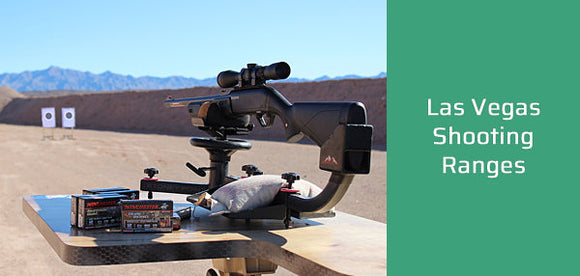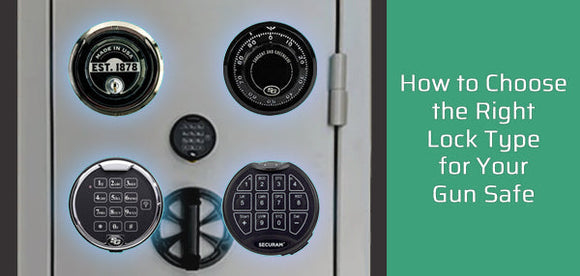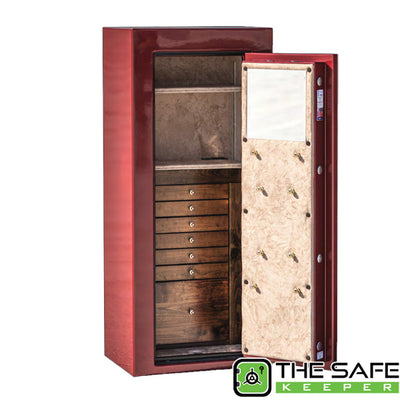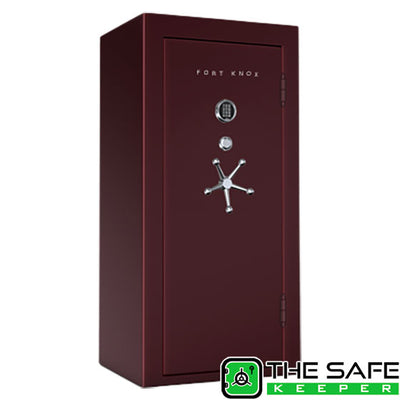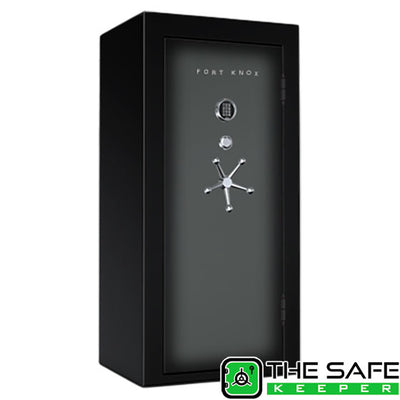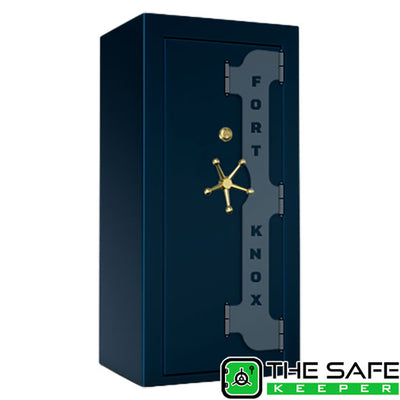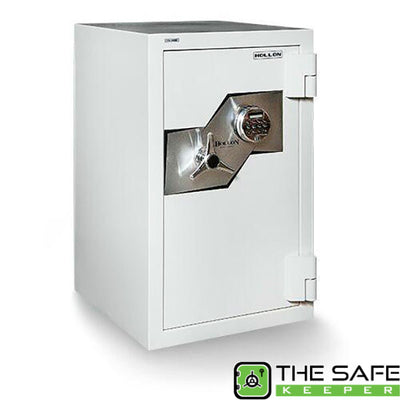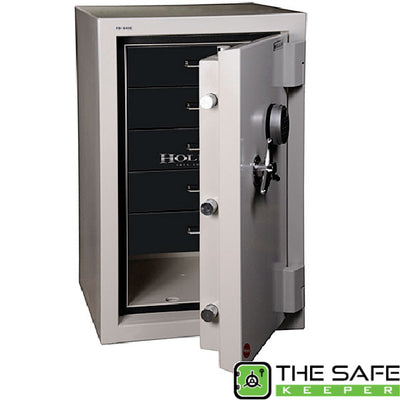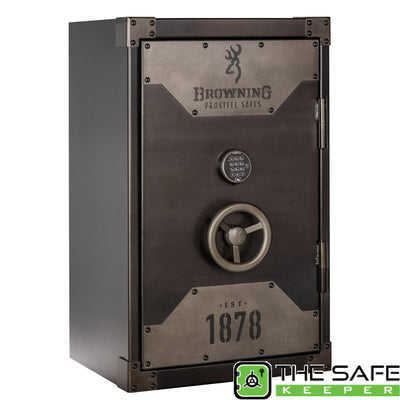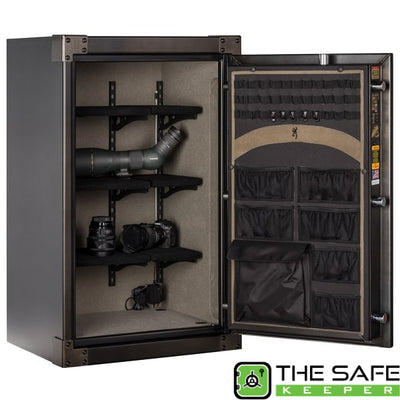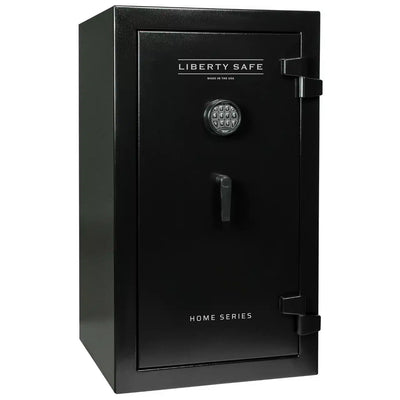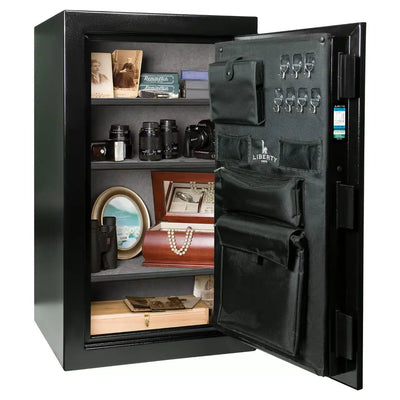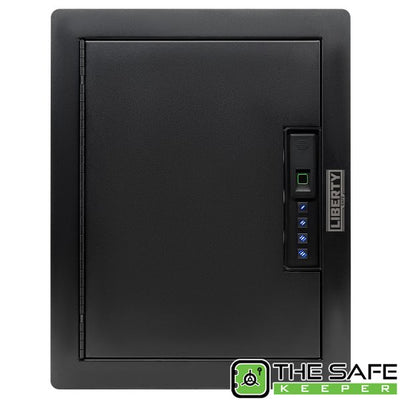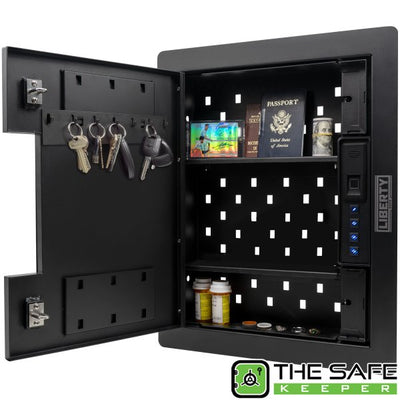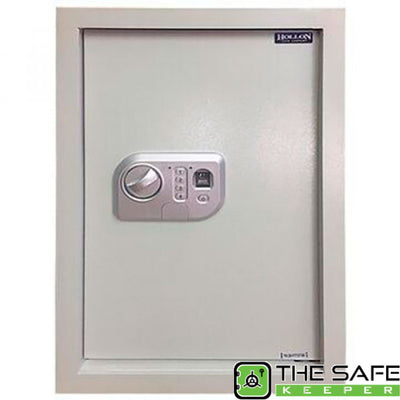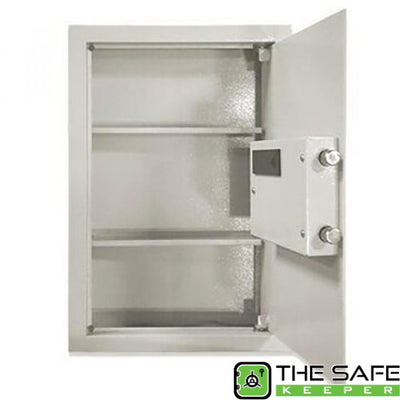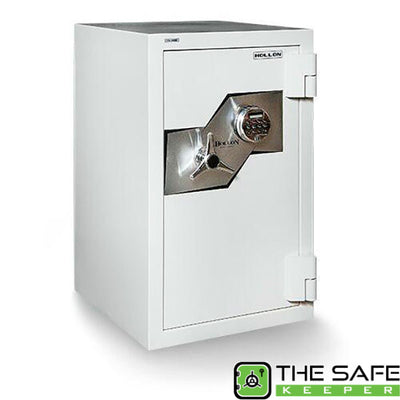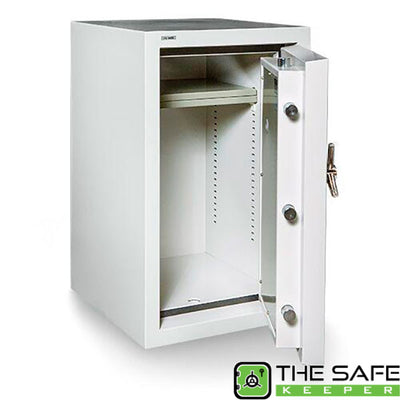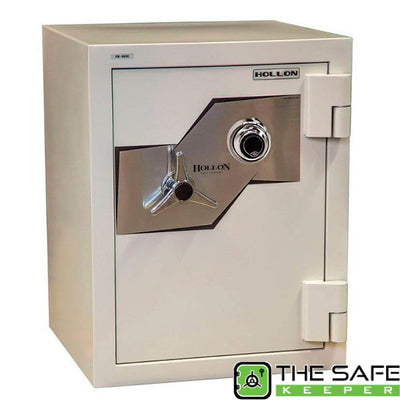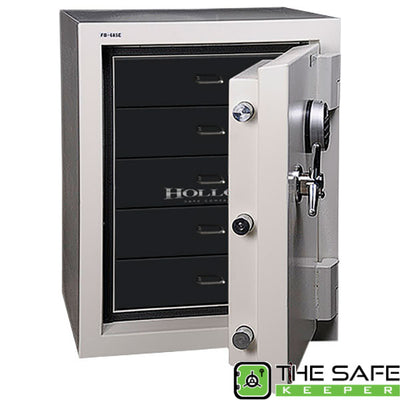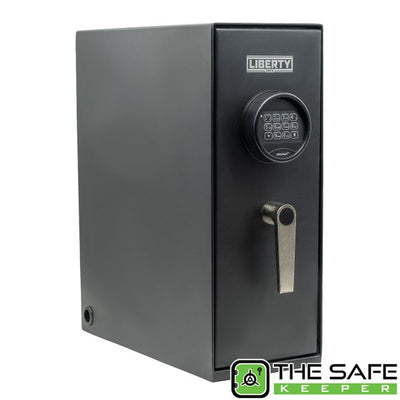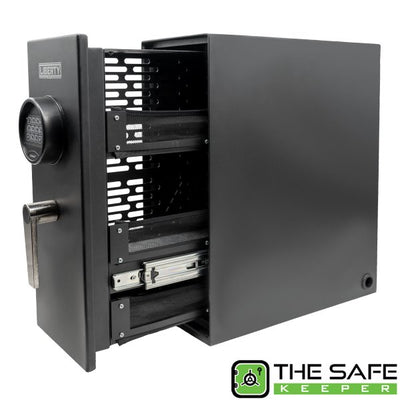Safes and Lock Boxes: Understanding the Key Differences
In a world where security is paramount, finding reliable ways to store and protect your valuable belongings is essential. Whether you want to safeguard your cash, jewelry, documents, or firearms, you need a storage solution that meets your specific needs and preferences. Safes and lock boxes are two common options for securing your valuables. Both of them offer some degree of protection, but they also have distinct features, advantages, and disadvantages. How do you decide which one is right for you?
Let’s explore and differentiate between safes and lock boxes. We will look at their definitions, functions, construction, design, size, capacity, considerations, and limitations. We will also compare and contrast their key differences in terms of security level, purpose and usage, portability and accessibility.

Safes: Fortresses of Security
A safe is a sturdy container that is designed to prevent unauthorized access to its contents. Its primary purpose is to provide a high level of security for your valuables against theft, fire, water, or other hazards.
A safe offers a superior level of security compared to other storage options. It is usually made of thick metal and has a complex locking mechanism that can only be opened with a specific key, code, or biometric data. A safe can also withstand external forces such as heat, pressure, or impact without compromising its integrity or functionality.
Construction and Design
Safes are constructed using robust materials such as solid steel, reinforced concrete, and composite alloys. They come in various types, including fireproof, water resistant, and burglary-resistant safes. Additional security features like electronic locks, biometric scanners, and combination locks further enhance their protective capabilities.
Size and Capacity
Safes are available in a wide range of sizes, accommodating different storage needs. From small home safes to larger commercial safes, there are options suitable for storing documents, cash, jewelry, firearms, and other valuables.
Considerations and Limitations
When considering a safe, factors such as weight, installation requirements, and maintenance should be taken into account. Safes tend to be heavy, requiring proper installation and anchoring to ensure stability. Moreover, the higher level of security offered by safes often comes with a higher price tag.
Lock Boxes: Versatile Security Containers
Lock boxes are portable security containers designed to protect valuables in various settings. They offer flexibility and convenience, catering to individuals who require mobility and quick access to their belongings.
What Is A Lock Box
A lock box is a portable container that can be locked with a key or a combination code. Its primary purpose is to provide some degree of security for your valuables while allowing easy access and mobility.
A lock box offers flexibility and portability compared to other storage options. It is usually made of lightweight metal or plastic and has a simple locking mechanism that can be opened with a key or a code. A lock box can also be carried around or stored in different places such as your car, your office, your hotel room, or your luggage.
Lock Box Design
Lock boxes are constructed with materials that can provide some protection against physical damage or environmental exposure. The most common materials used in lock boxes are steel, aluminum, plastic, or composite materials. These materials provide durability, resistance to corrosion or rust, and ease of cleaning.
Lock boxes come in different types depending on their intended use and level of protection. Some of the most common types are key lock boxes, combination lock boxes, digital lock boxes, cash boxes, document boxes, and medication boxes. Each type has its own specifications and features that suit different needs and preferences.
Lock Boxes Size and Capacity
Lock boxes come in a variety of sizes to accommodate different types and quantities of valuables. The size of a lock box is usually measured by its external dimensions (length x width x height) and its internal dimensions (length x width x height). The internal dimensions determine the usable space inside the lock box for storing items.
The capacity of a lock box is determined by the volume of its interior space (cubic inches) and the weight of its contents (ounces). The capacity of a lock box can vary depending on the type and configuration of the lock box. For example, a key lock box may have less capacity than a combination lock box due to the space occupied by the key slot or the key itself. Similarly, a document box may have less capacity than a cash box due to the thickness or shape of the documents.
Types of Lock Boxes and Their Specific Uses
Beyond basic storage, security lock boxes serve specialized purposes. For instance, personal protection lock boxes are designed for quick firearm access while preventing unauthorized use, particularly by children. These lock box safes often feature rapid-access mechanisms. Other specialized types include cash boxes for retail, document boxes for legal papers, and medication boxes for secure storage of prescriptions. Understanding the specific needs of your valuables will guide you in selecting the appropriate type of lock box safe.
Considerations and Limitations of Lock Boxes
When choosing a lock box, there are several factors to consider such as weight, mobility, and ease of installation. A lock box can be relatively light depending on its size and construction materials. This can make it easy to transport or move around without much effort. A lock box also offers mobility and ease of installation compared to other storage options. It can be placed in various locations or attached to different objects such as doors, walls, fences, or vehicles using hooks, cables, chains, or magnets.
Lock boxes also have some limitations that may affect their suitability for certain situations or users. One limitation is security: lock boxes offer less security than safes due to their weaker construction materials and simpler locking mechanisms. They can be easily broken into or stolen by determined thieves or intruders. Another limitation is size: lock boxes offer less capacity than safes due to their smaller dimensions and configurations. They may not be able to store large or bulky items such as firearms, jewelry, or electronics.
How Does A Lock Box Work
Lock boxes come in different types depending on their intended use and level of protection. Some of the most common types are key lock boxes, combination lock boxes, digital lock boxes, cash boxes, document boxes, and medication boxes. Each type has its own specifications and features that suit different needs and preferences.
Also to be mentioned, lock boxes have different locking mechanisms that determine how they can be opened and closed. The locking mechanism is usually located on the front or the top of the box and consists of one or more components such as locks, latches, hinges, or handles.
How To Use a Lock Box
- Choose a lock box that suits your needs and preferences. Consider the size, capacity, type, design, and features of the lock box. Make sure it can store and protect your valuables effectively and conveniently.
- Store your valuables in the lock box. Arrange them neatly and securely inside the lock box. Do not overfill or cram the lock box as this may damage your valuables or the lock box itself.
- Lock the lock box. Depending on the type of lock box, you may need to use a key, a combination code, or an electronic device to lock it. Make sure the lock box is locked properly and securely before leaving it unattended.
- Place the lock box in a secure and discreet location. Choose a location that is not easily visible or accessible by others, such as under your bed, behind your closet, or inside your drawer. Avoid placing the lock box in places that are exposed to heat, moisture, or dust, such as near a window, a sink, or a fireplace.
- Attach the lock box to a sturdy and stable object. If possible, use hooks, cables, chains, or magnets to attach the lock box to an object that cannot be easily moved or removed by others, such as a floor, a wall, a fence, or a vehicle. This will prevent the lock box from being stolen or misplaced.
- Keep the key or code safe and confidential. Do not share the key or code with anyone or write it down somewhere. Change the key or code regularly if possible. If you lose the key or forget the code, contact the manufacturer or a locksmith for assistance.
- Check the lock box regularly for any signs of damage or tampering. Inspect the lock box for any scratches, dents, cracks, or holes that may compromise its security or functionality. Repair or replace the lock box if needed.
Key Differences: Safes vs. Lock Boxes
Security Level
One of the key differences between safes and lock boxes is the level of security they offer for your valuables. Safes provide a higher level of security than lock boxes due to their stronger construction materials and more complex locking mechanisms.
Safes are designed to resist physical attacks or environmental threats such as fire, water, or impact. They have additional security features such as electronic locks, biometric scanners, combination locks, time locks, relocking devices, alarms, sensors, or hidden compartments that make them harder to open or tamper with by unauthorized persons.
Purpose and Usage
Another key difference between safes and lock boxes is their purpose and usage. Safes are intended for storing valuables that require maximum protection and security such as cash, jewelry, documents, or firearms. Lock boxes are intended for storing valuables that require some protection and security but also easy access and mobility such as keys, passports, medications, or small electronics.
Safes are suitable for situations where you want to keep your valuables in a fixed location and access them infrequently or periodically such as your home or office. Lock boxes are suitable for situations where you want to keep your valuables in different locations and access them frequently or quickly such as your car, your hotel room, your luggage, or your backpack.
Size and Capacity
One more key difference between safes and lock boxes is their size range and capacity. Safes have a wider size range and capacity than lock boxes due to their larger dimensions and configurations.
Safes can store larger and bulkier items such as firearms, jewelry, or electronics due to their spacious interior space and adjustable shelves or racks. Lock boxes can only store smaller and thinner items such as keys, passports, medications, or small electronics due to their limited interior space and fixed compartments.
Portability and Accessibility
Another key difference between safes and lock boxes is their portability and accessibility. Lock boxes have more portability and accessibility than safes due to their lighter weight and simpler locking mechanisms.
Lock boxes can be easily carried around or stored in different places such as your car, your office, your hotel room, or your luggage. They can also be quickly opened with a key or a code in case of an emergency or urgent need. Safes are heavier and harder to move around or store in different places. They also take longer to open due to their complex locking mechanisms or location.
Summing It Up
In conclusion, safes and lock boxes are two common options for securing your valuables. Both of them offer some degree of protection, but they also have distinct features, advantages, and disadvantages.
The main difference between safes and lock boxes is the level of security they offer. Safes provide a higher level of security than lock boxes due to their stronger construction materials and more complex locking mechanisms. Lock boxes provide some security but also easy access and mobility.
The other differences between safes and lock boxes are their purpose and usage, size and capacity, portability and accessibility. Safes are suitable for storing valuables that require maximum protection and security such as cash, jewelry, documents, or firearms. Lock boxes are suitable for storing valuables that require some protection and security but also easy access and mobility such as keys, passports, medications, or small electronics.
When choosing between safes and lock boxes, you should consider your specific needs and preferences. You should think about what type of valuables you want to store, how often you need to access them, where you want to keep them, and how much you are willing to spend on them.
Choosing the right security solution for your valuables is important because it can help you protect your belongings from theft, fire, water, or other hazards. It can also give you peace of mind and confidence in an unpredictable world.
Where To Buy A Lock Box
If you're going to buy a lock box, finding the right place to make your purchase is essential. We offer to buy a lock storage box by visiting The Safe Keeper safe and vault store showroom in Las Vegas or on our website. In our store you'll find a wide selection of high-quality lock boxes to meet your security needs. Whether you're looking for a key lock, combination lock, or digital lock box, The Safe Keeper has you covered. When considering the cost of a metal lock box, prices can vary depending on the size, features, and level of security you require. Our knowledgeable staff can assist you in finding the perfect lock box within your budget. So, if you're wondering how much a lock box costs and where to buy one, head over to The Safe Keeper in Las Vegas for a reliable and secure purchase.
Written by



